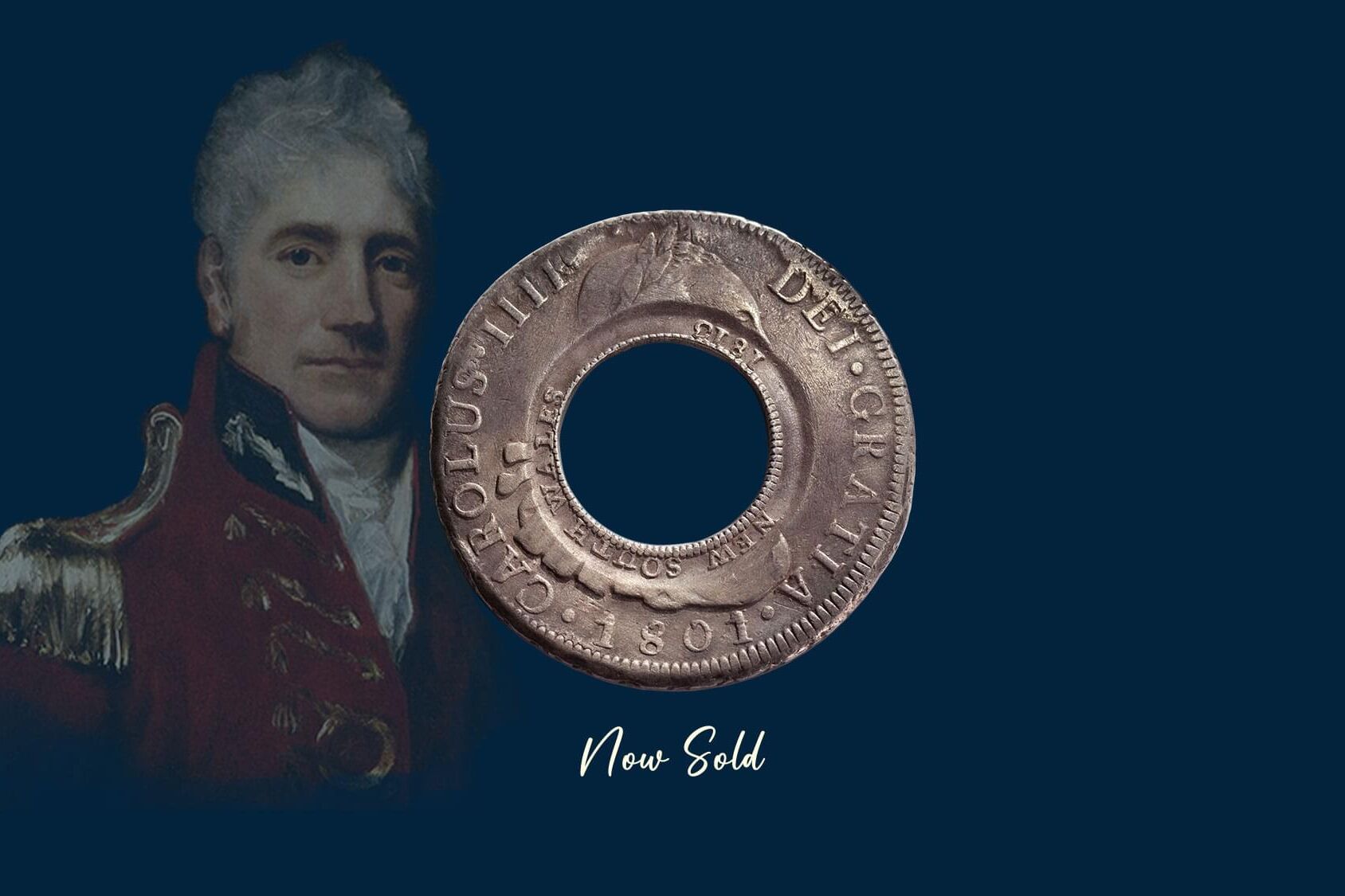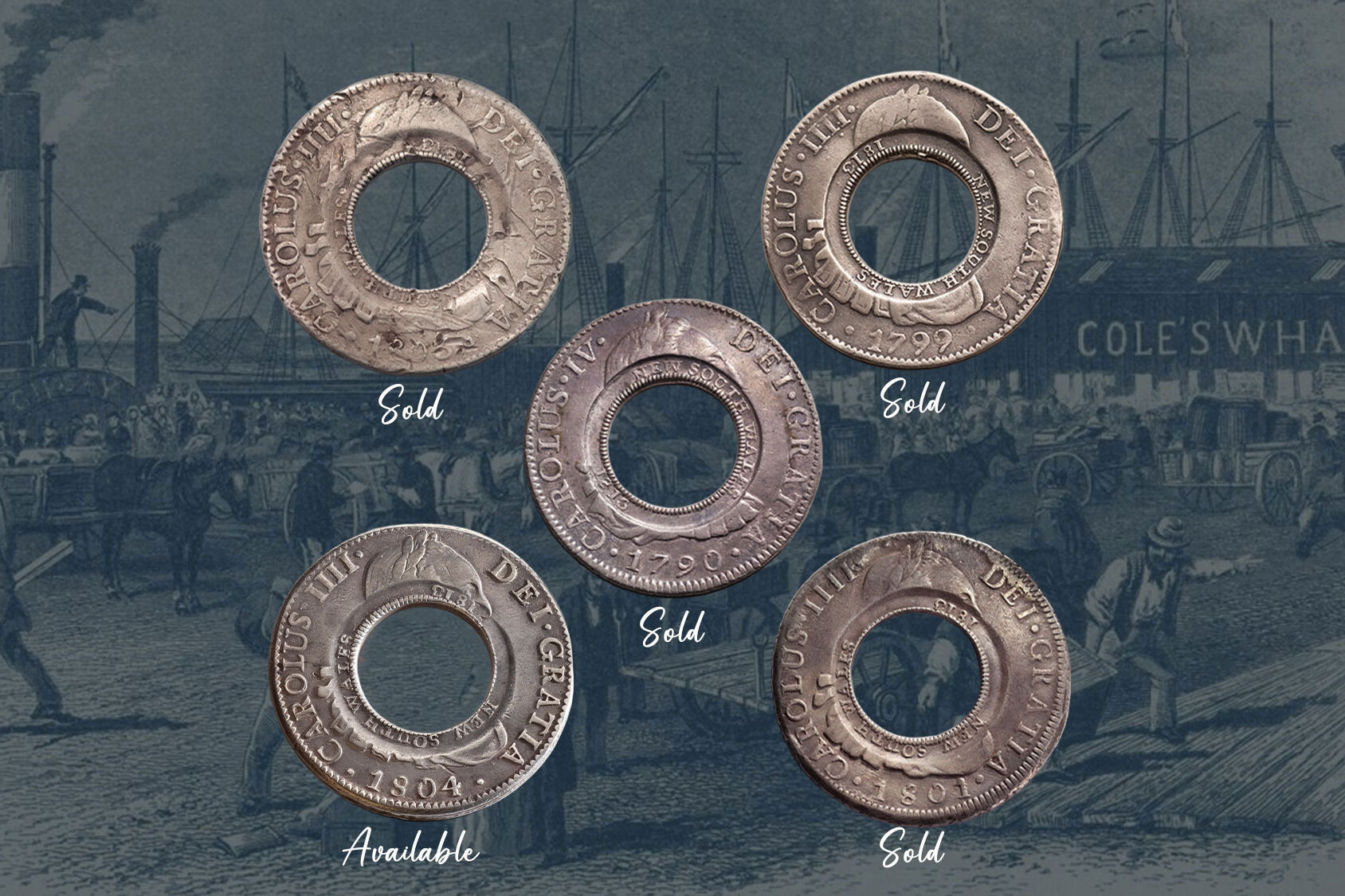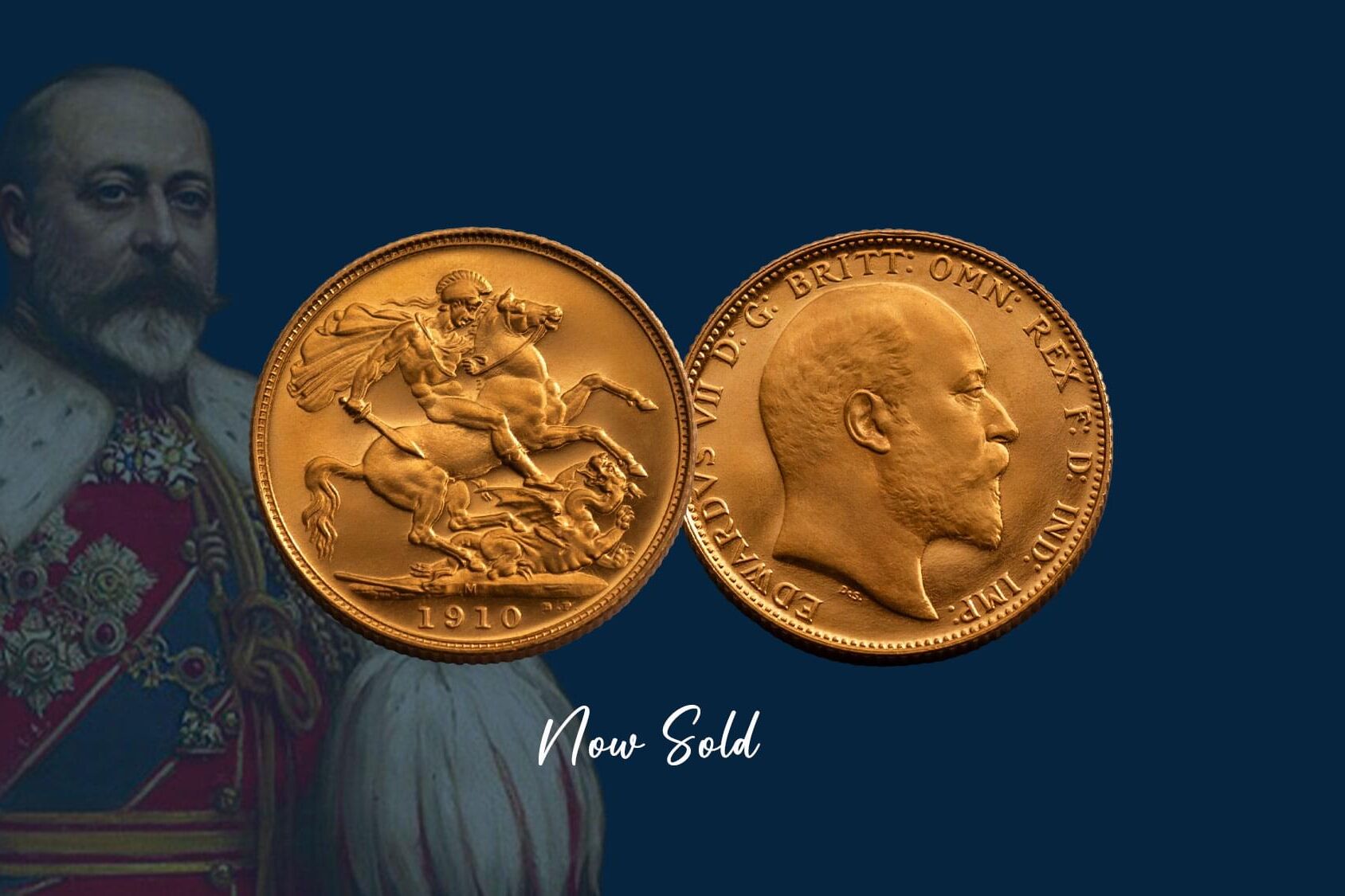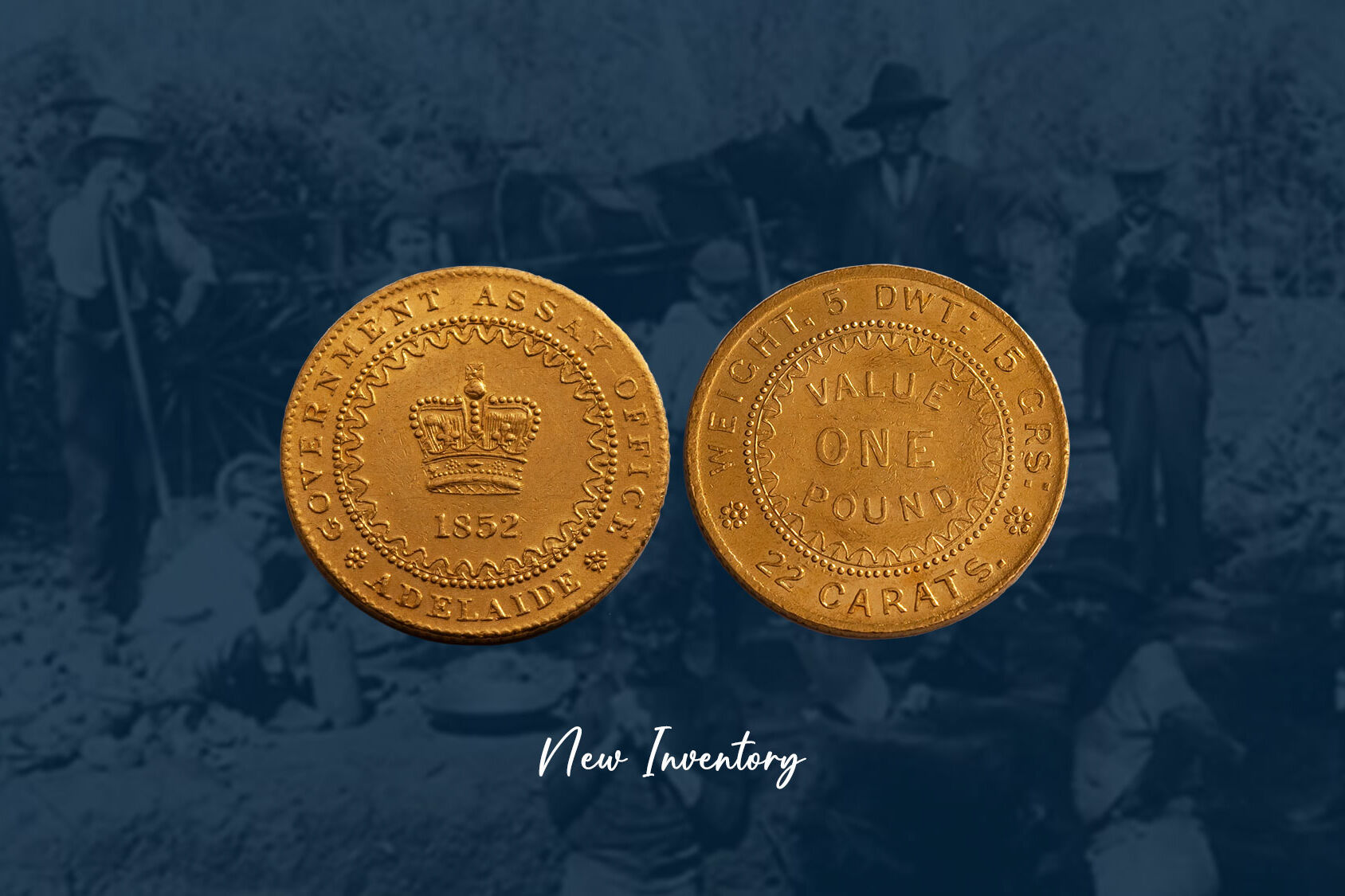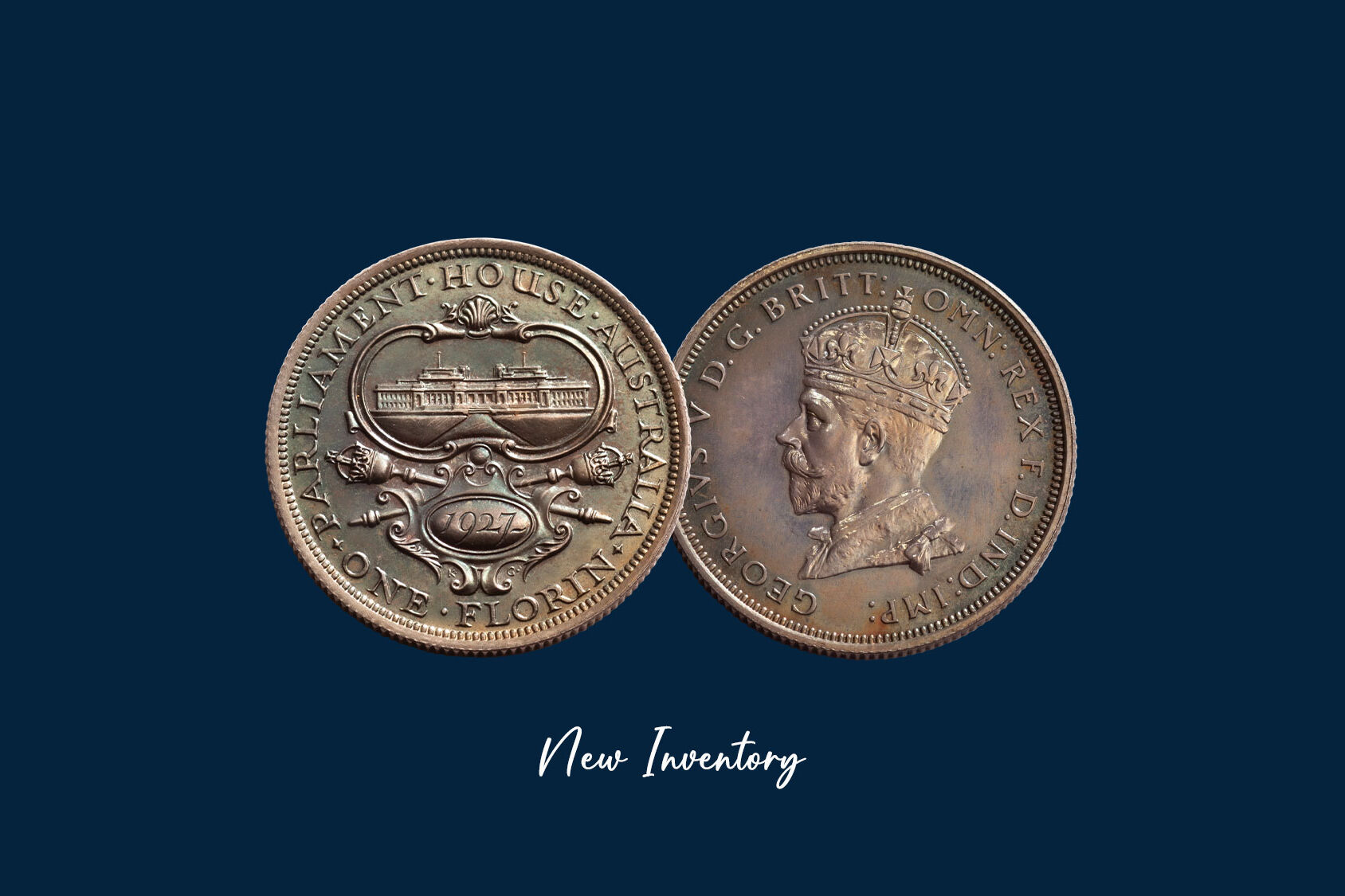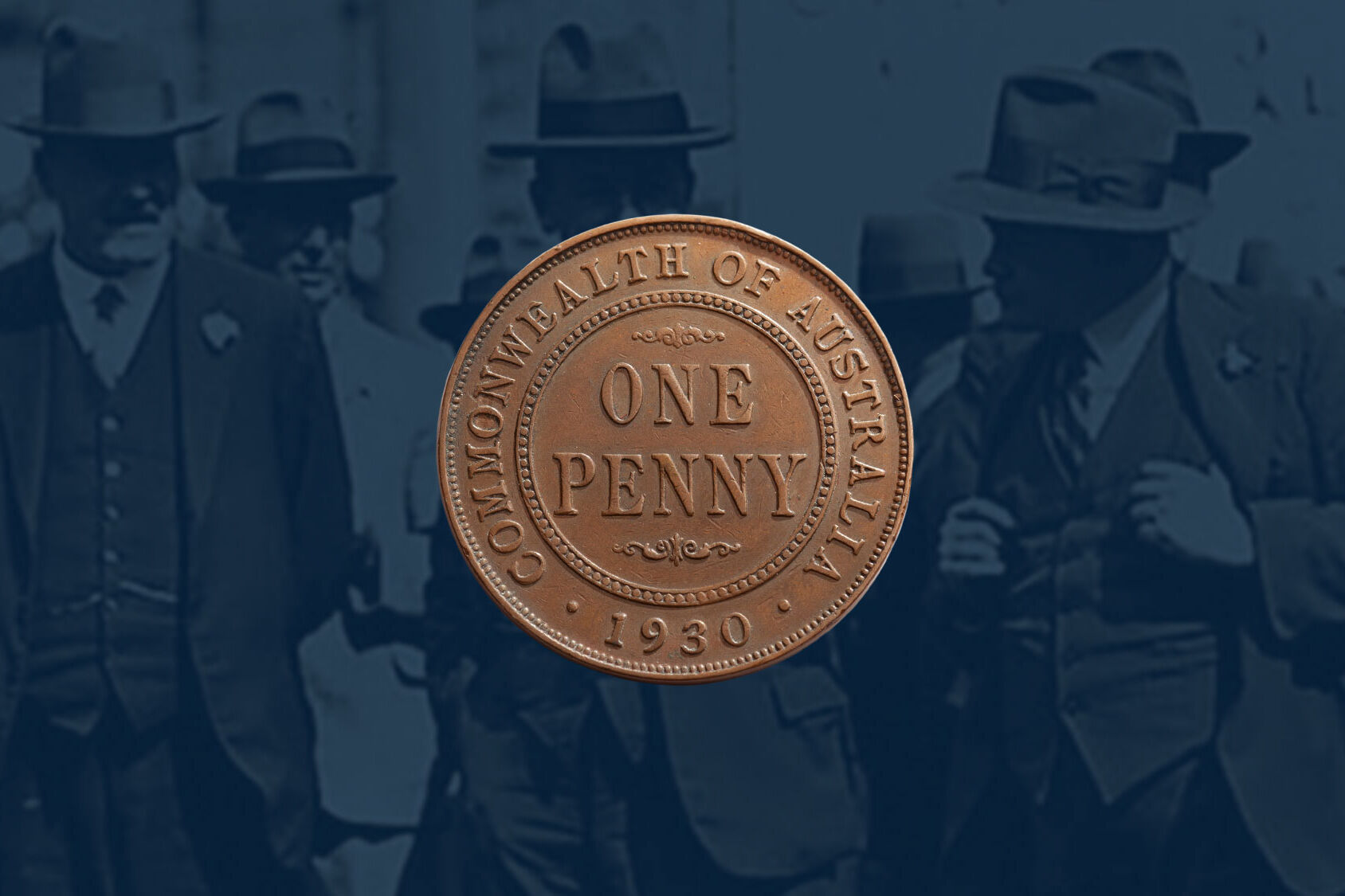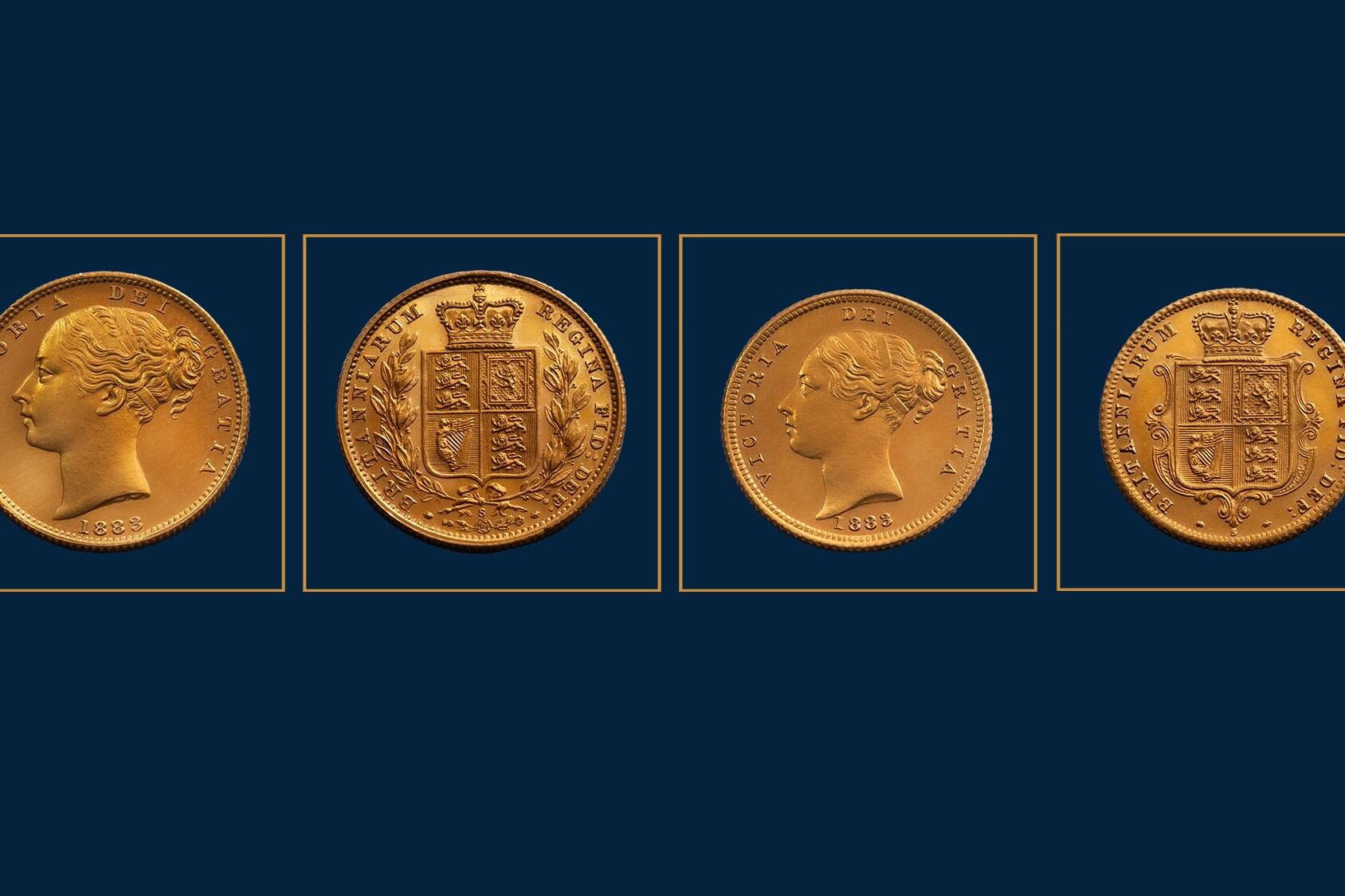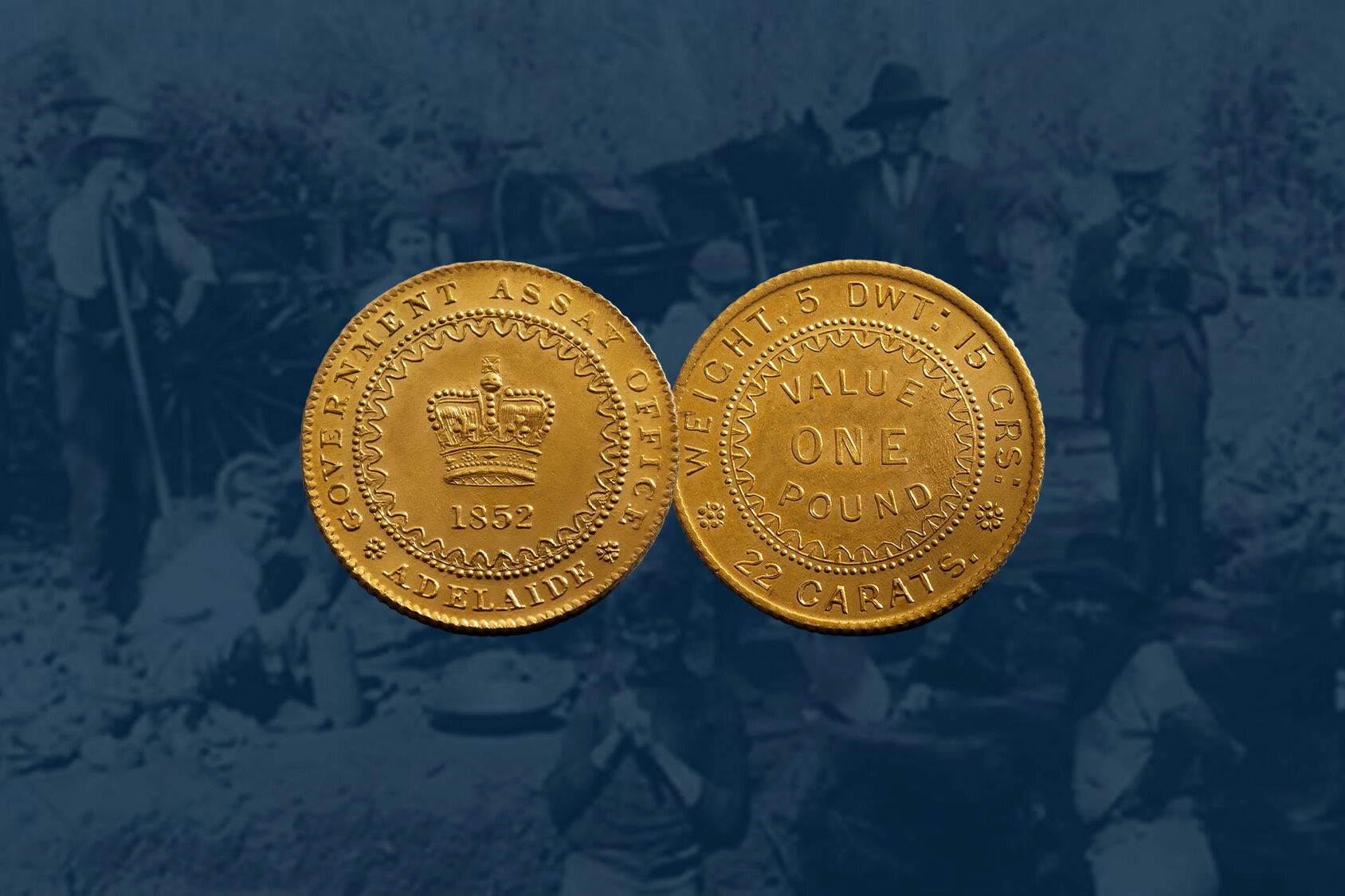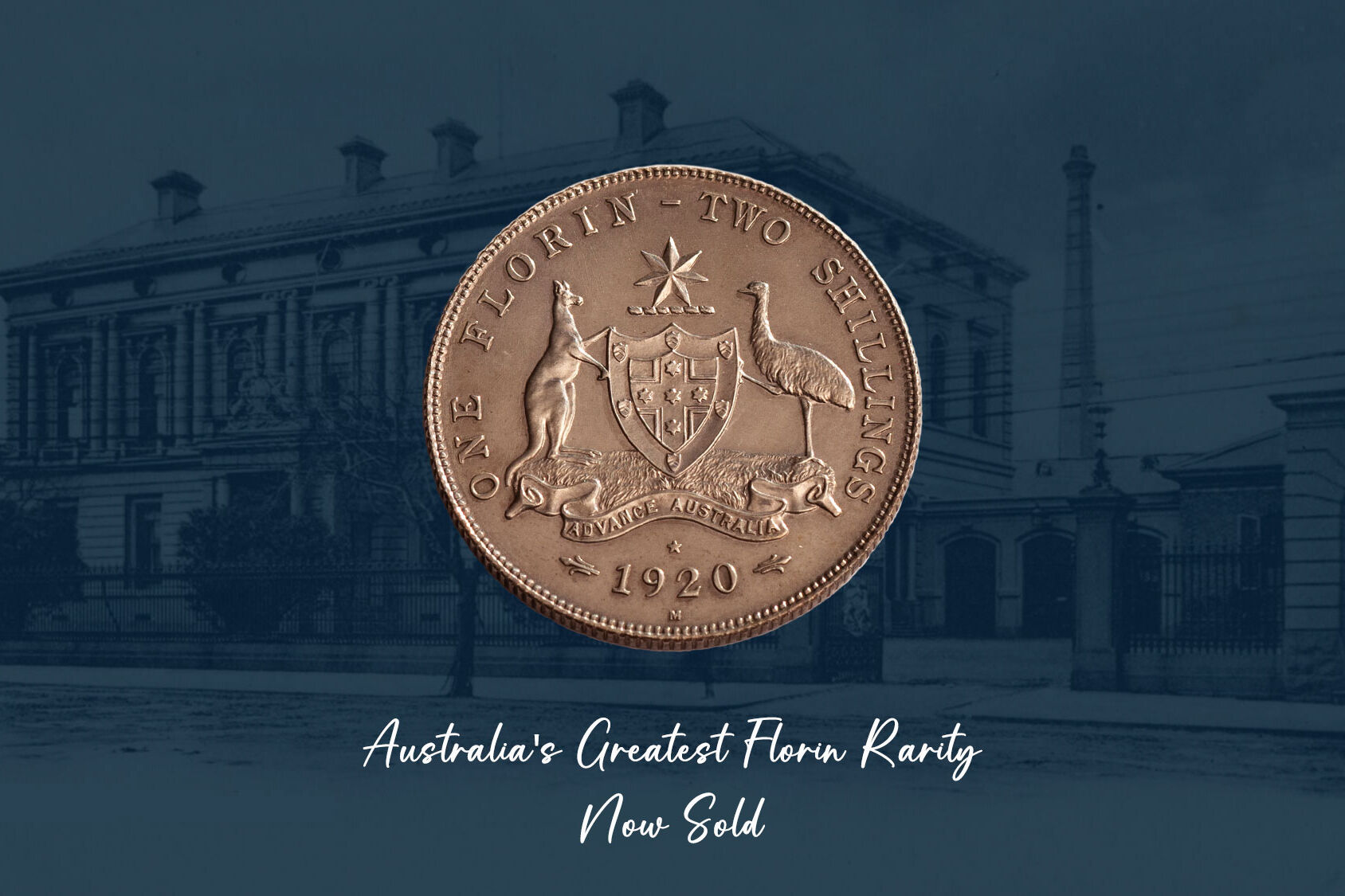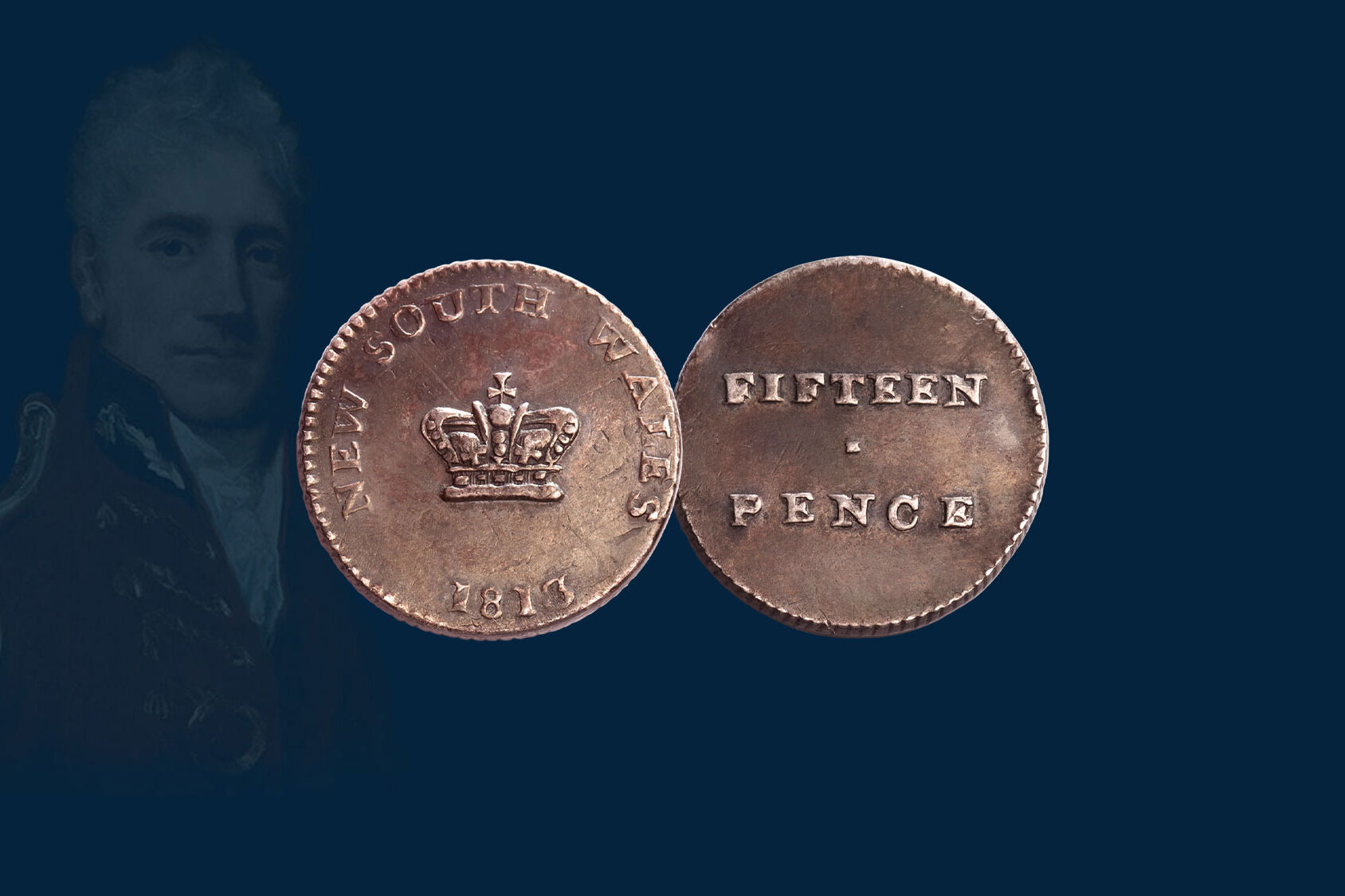1921 Kookaburra Penny, design type 12
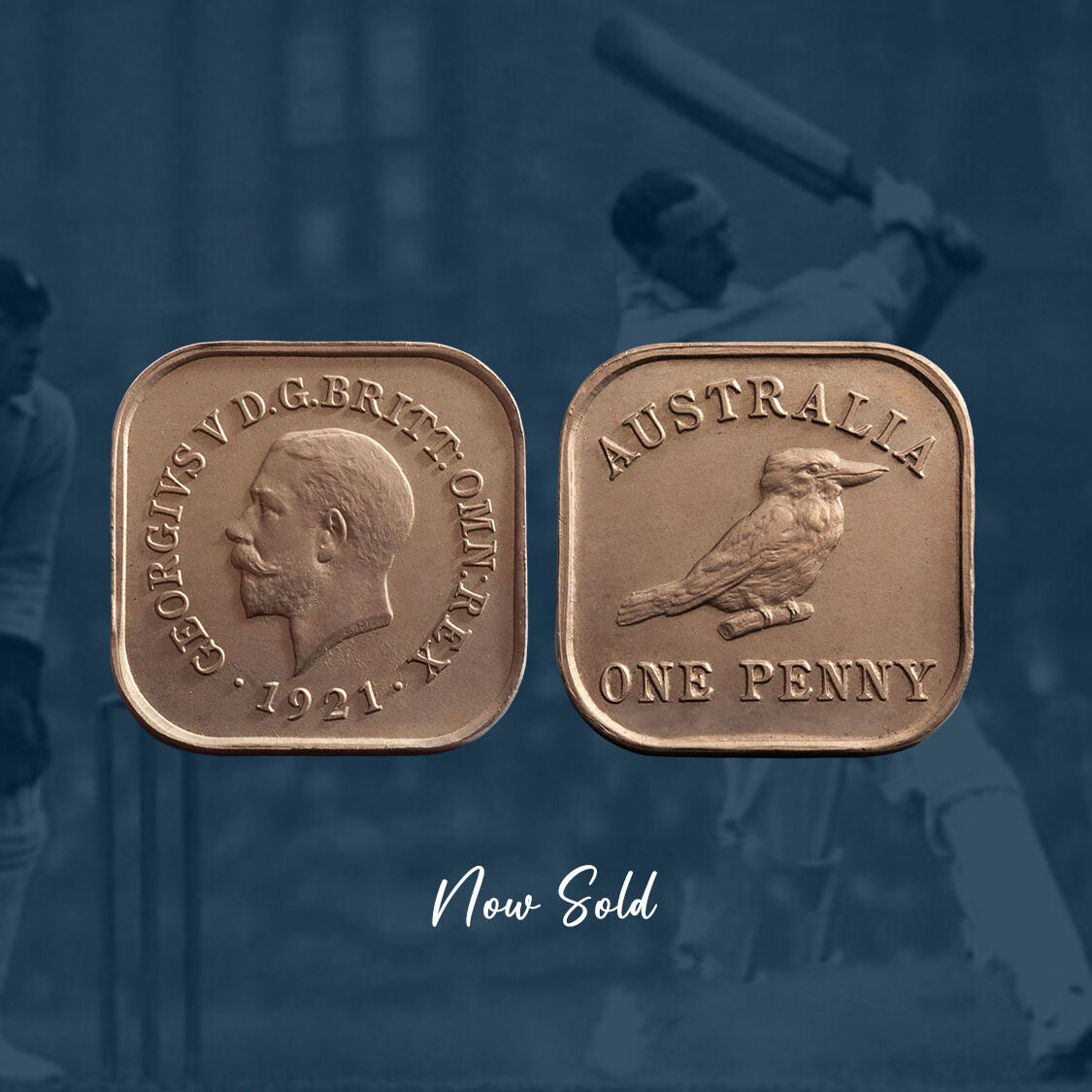
This Kookaburra Square Penny was struck in 1921 and is designated as a design Type 12. The obverse portrait was created by Australian sculptor and medallist, Bertram Mackennal. The reverse design features a plump kookaburra resting on a branch. The coin shares the same obverse and reverse design as the Kookaburra Square Halfpenny, also struck in 1921 and designated, the design type 2. The provenance is impeccable, ex Earl of Stradbroke Collection, sold by Barrie Winsor to Coinworks in 1996. The quality, also impeccable (particularly for the design type 12), is Choice Uncirculated.
We have had the privilege of putting together a complete collection of Kookaburra Square Pennies and Square Halfpennies for a client, type 1 through to type 12. The addition of the Sterling Silver Kookaburra Square Penny, took the collection to thirteen coins.
The collection is unique. And took nearly a decade to complete, the journey finishing in 1999.
While it is true that several years elapsed before some of the rarer pieces came onto the market. It is also true that coins such as the Type 12 presented challenges, simply on the basis of quality.
When you view the collection en masse, it is obvious that the Melbourne Mint was not only experimenting with different designs, but different finishes.
Some of the types are quite proof-like. Others such as the type 12 are subdued and satiny and for whatever reason, prone to harsh toning.
In our experience, a Kookaburra Square Penny, design type 12, is an extremely difficult coin to acquire once you impose high quality standards.
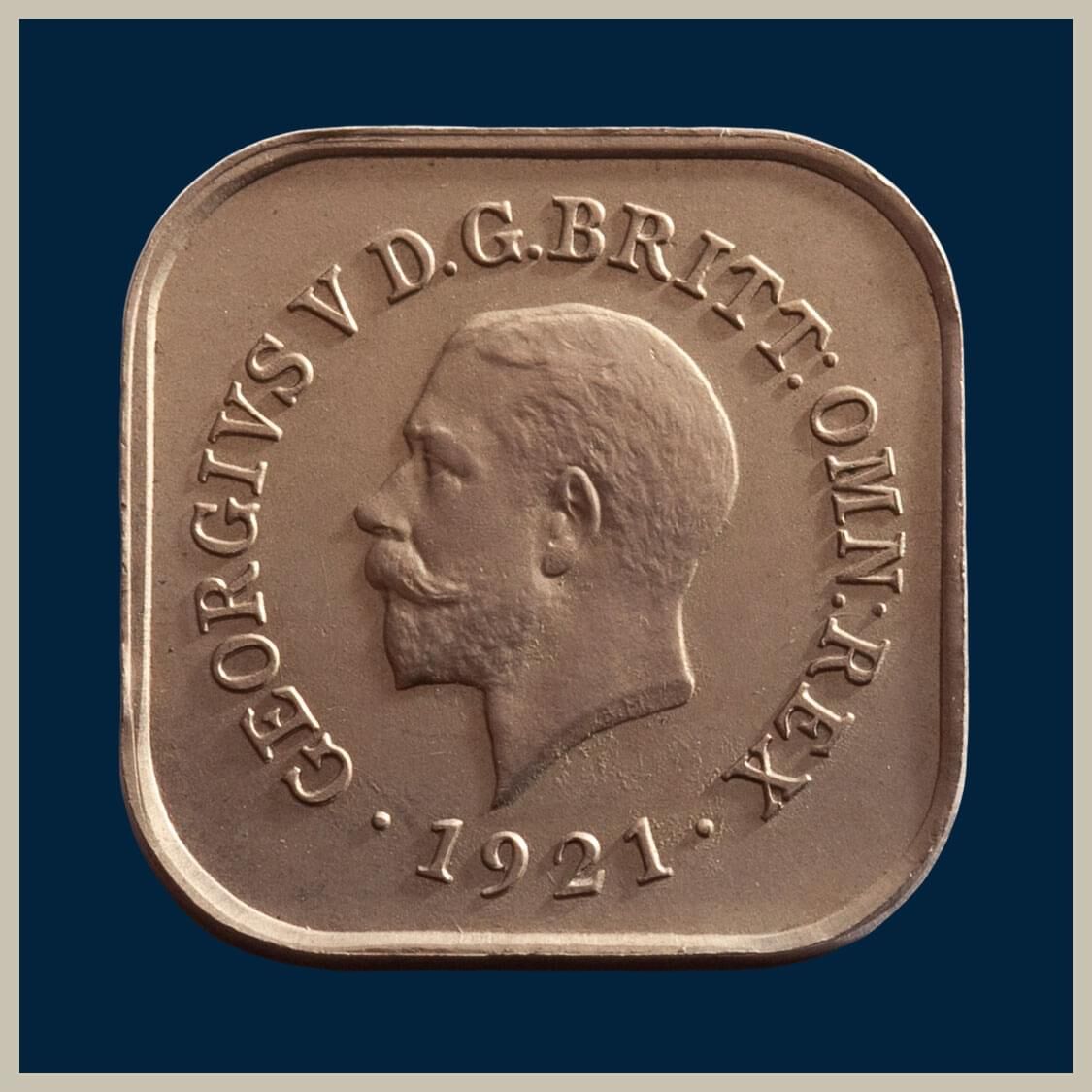
1921 Kookaburra Square Penny
design type 12
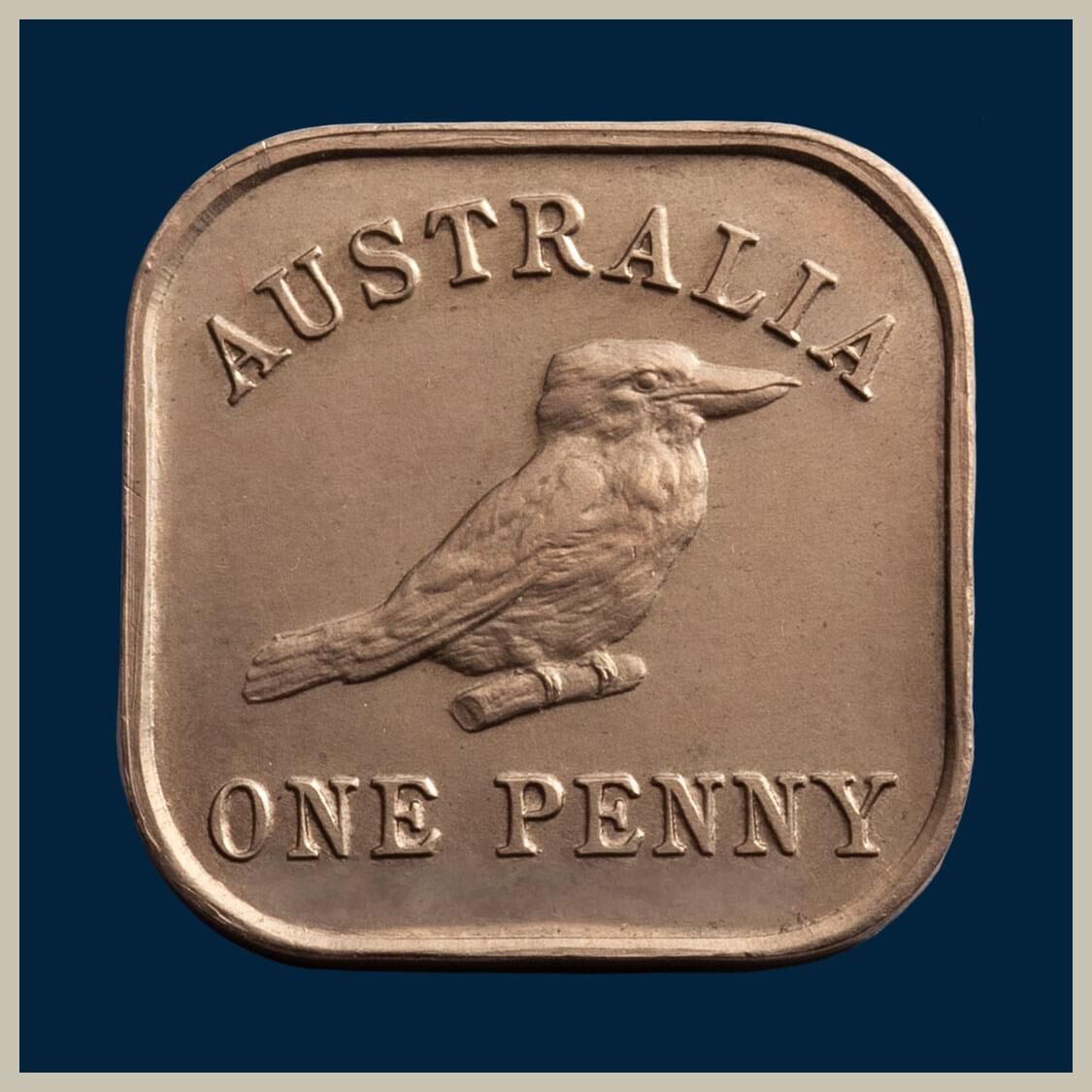
1921 Kookaburra Square Penny
design type 12
This coin has a pale grey hue from minor toning, the surfaces enhanced by underlying brilliance on both obverse and reverse, as commented in the description above.
You will also note we comment on the edges, that they are well executed.
The Square Pennies were test pieces and were not struck to the exacting standards of proof coining and this is particularly noticeable in the edges which very often are not uniformly struck all the way around.
Given to dignitaries to assess their reaction, there was no packaging and we know that not every dignitary was a collector and would have handled them with care.
Some of the coins must have been tucked into a fob pocket for they have circulated. Others could have rattled around a top desk drawer. Or passed around to colleagues … introducing multi possibilities of mishandling.
A Square Penny with minimal, attractive toning and beautiful surfaces is a joy to behold. And a prized classic Australian coin rarity.
1921 Kookaburra Square Penny, design type 12
Choice Uncirculated
Price: $30,000
This Kookaburra Square Penny was struck in 1921 and is designated as a design Type 12. The obverse portrait was designed by Australian sculptor and medallist, Bertram Mackennal.
The reverse design features a plump kookaburra resting on a branch. The coin shares the same obverse and reverse design as the Kookaburra Square Halfpenny, also struck in 1921 and designated as a design type 2.
The provenance is impeccable, ex Earl of Stradbroke Collection, sold by Barrie Winsor to Coinworks in 1996.
The quality, also impeccable (particularly for this design type), is Choice Uncirculated.
Australia entered a modern age post World War I and for many Australians, it was a time for breaking out, of questioning and changing old values and behaviour and enjoying the good life.
It was a time of great change. People forgot the old and embraced the new in an attempt to leave the hardship and struggles of the war behind them.
New technology was being created, like toasters and cars, things that today we take for granted. The fashion world was exploding, Australians embracing great change in their styles of dress.
Australians were identifying with their own culture, keen to lessen the emotional and cultural ties with Great Britain.
Creating a new, totally Australian coinage was a part of the deal which is why the Government floated the idea of the Kookaburra Penny and Kookaburra Halfpenny envisaging a coin that would be unique to Australia.
The Government's plan was to discard the British-styled penny and halfpenny and to create a coin with a typically Australian design featuring the nation's native bird, the kookaburra. To maximise impact, a new shape was planned with the move from circular to square. And bronze was to be discarded and a new metal taken up, that of cupro-nickel.
Tests began at the Melbourne Mint in 1919 and continued for three years. Sadly, in 1921 the scheme fell apart. The response to Australia’s square coinage was poor with widespread public resistance to change and people generally rejecting the small size of the coins.
However, the final decision not to proceed seems to have been based mainly on another consideration – the large number of vending machines then in operation requiring a circular coin.
The Kookaburra Pennies and Halfpennies that remain today are relics of our past, and the sentiment that they stir up in the current market is collector sentiment, driven by their novel shape. And with only 200 pennies and about 12 halfpennies believed to exist, collector thirst is driven by their extreme rarity.
And the best thing for collectors is that the 200-plus kookaburra coins do not bear the same design.
Overall, the Melbourne Mint tested thirteen different styles introducing enormous interest, personal choice and procurement challenges into the series, for some designs are far rarer than others.
Highlights of our Inventory
© Copyright: Coinworks
